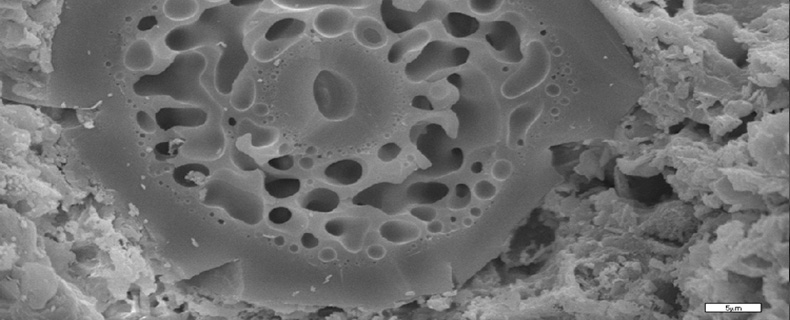| School |
Natural Sciences |
Academic Unit
|
Geology Department |
Level of Studies
|
Undergraduate |
Course Code
|
Geol_001 |
| Εξάμηνο σπουδών |
1ο |
Course Title
|
Mineralogy I |
Independent Teaching Activities
|
Lectures, seminars and laboratory work |
Weekly Teaching Hours
|
2 (lect.) 3 (lab.) |
| Credits |
6 |
Course Type
|
Field of Science (Introduction to Mineralogy) |
Prerequisite Courses
|
Typically, there are not prerequisite course. |
Language of Instruction & Examinations
|
Greek. Teaching may be however performed in English in case foreign students attend the course. |
Is the Course offered to Erasmus Students
|
Υes |
| Course Web-Page (URL) |
https://eclass.upatras.gr/courses/GEO300 |
Learning Outcomes
|
At the end of this course the student should be able to :
- To know the distribution of chemical elements in the crystal structure of minerals.
- Confirm the elements of crystals symmetry and arrangement with one of the crystal systems.
- Determinate the physical properties of minerals and their microscopic optical properties.
Learn the theory and recognize the minerals using X-Ray Diffraction. |
General Competences
|
At the end of the course the student will have further developed the following skills/competences
- Ability to demonstrate knowledge and understanding of essential facts,
concepts, principles and theories a) of crystallography, b) optical properties of minerals and c) relating to chemistry of minerals and correlation with their crystal structure
- Ability to apply such knowledge and understanding to the solution of
problems of an unfamiliar nature.
- Ability to adopt and apply methodology to the solution of unfamiliar
problems.
- Study skills needed for continuing professional development.
- Ability to interact with others on inter or multidisciplinary problems.
|
| Syllabus |
- Introduction to Mineralogy
- Origin of chemical elements
- Crystallography Part I
- Crystallography Part II
- Chemistry of minerals Part I
- Chemistry of minerals Part II
- Physical properties of minerals Part I
- Physical properties of minerals Part II
- Optical properties of minerals Part I
- Optical properties of minerals Part II
- Study of the minerals using optical microscopy Part I
- Study of the minerals using optical microscopy Part II
- Study of the minerals using X-Ray Diffraction.
|
| Delivery |
Lectures, seminars and laboratory work face to face. |
Use of Information & Communication Technology
|
Teaching using Power point laboratory exercises, examples. |
Teaching Methods
|
| Activity |
Semester workload |
| Lectures (2 conduct hours per week x 13 weeks) |
2X13 = 26 |
| Laboratory work (3 conduct hours per week x 13 weeks) |
3X13 = 39 |
| Tutorial (1 conduct hour per week x 13 weeks) |
1X13 = 13
|
| Hours for private study of the student and preparation of home-works |
72 |
| Total number of hours for the Course |
150 hours |
|
Student Performance Evaluation
|
Written final examination and problem solving. Exams on Petrographic Microscope. |
Attached Bibliography
|
- Π.Τσώλη-Καταγά, Χ. Καταγάς, Εισαγωγή στην Ορυκτολογία, 2009. 238 p.
- Π.Τσώλη-Καταγά, Β. Τσικούρας, Εισαγωγή στις Εργαστηριακές Ασκήσεις, 2003. 107σελ.
- Perkins, D., Mineralogy. Prentice-Hall, Inc. New Jersey. 484p, 1998.
- Nesse, W.D., Introduction to Mineralogy. Oxford University Press. New York, Oxford, 442p. 2000.
- Dyar, M.D., Gunter, M.E., Tasa, D. Mineralogy and Optical Mineralogy. Mineralogical Society of America, Chantilly, VA. 708p, 2008.
- 6. MacKenzie, W.S., Guilford, C., Atlas of the Rock-forming Minerals in Thin Section, Lonman, 98p, 1980.
|






























